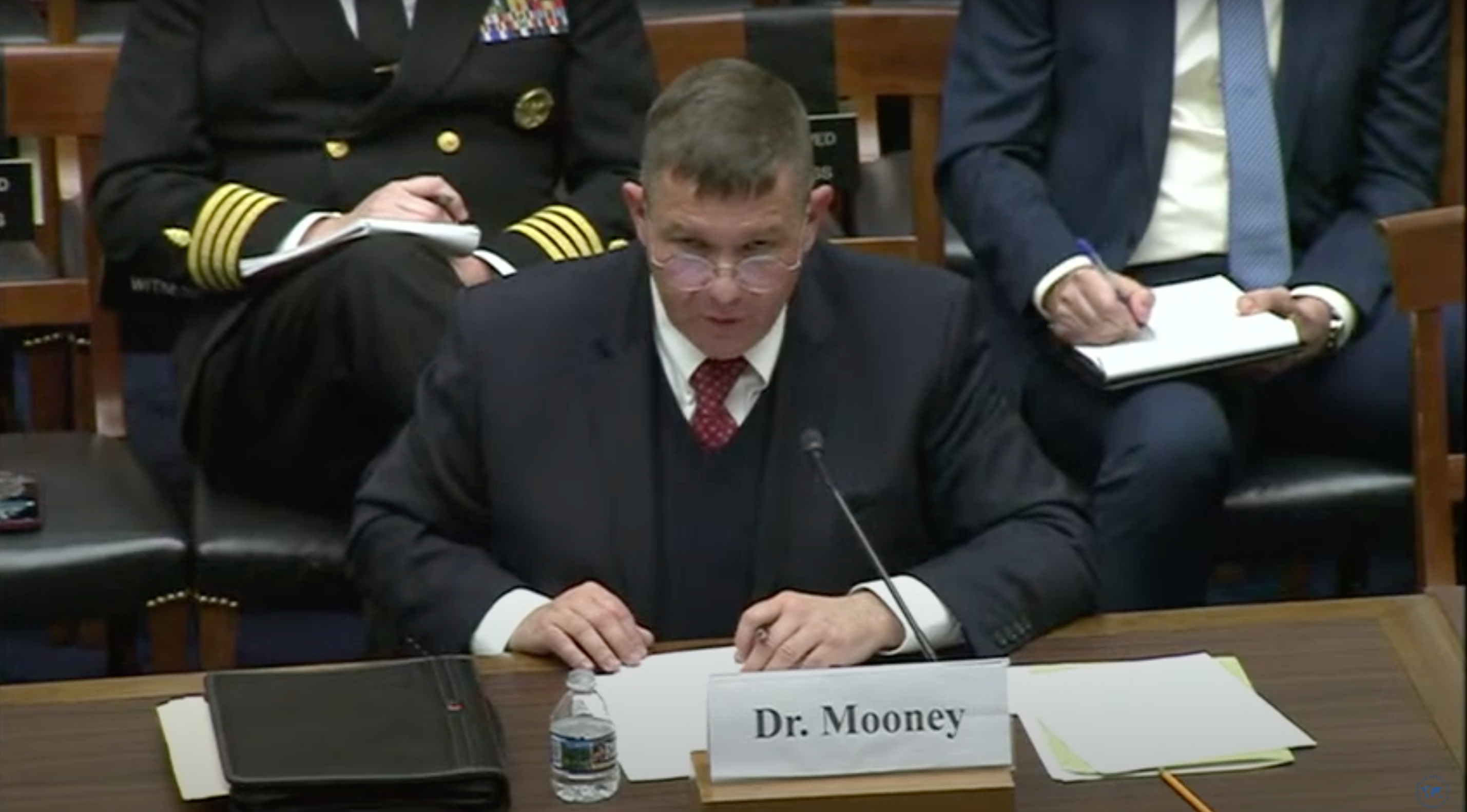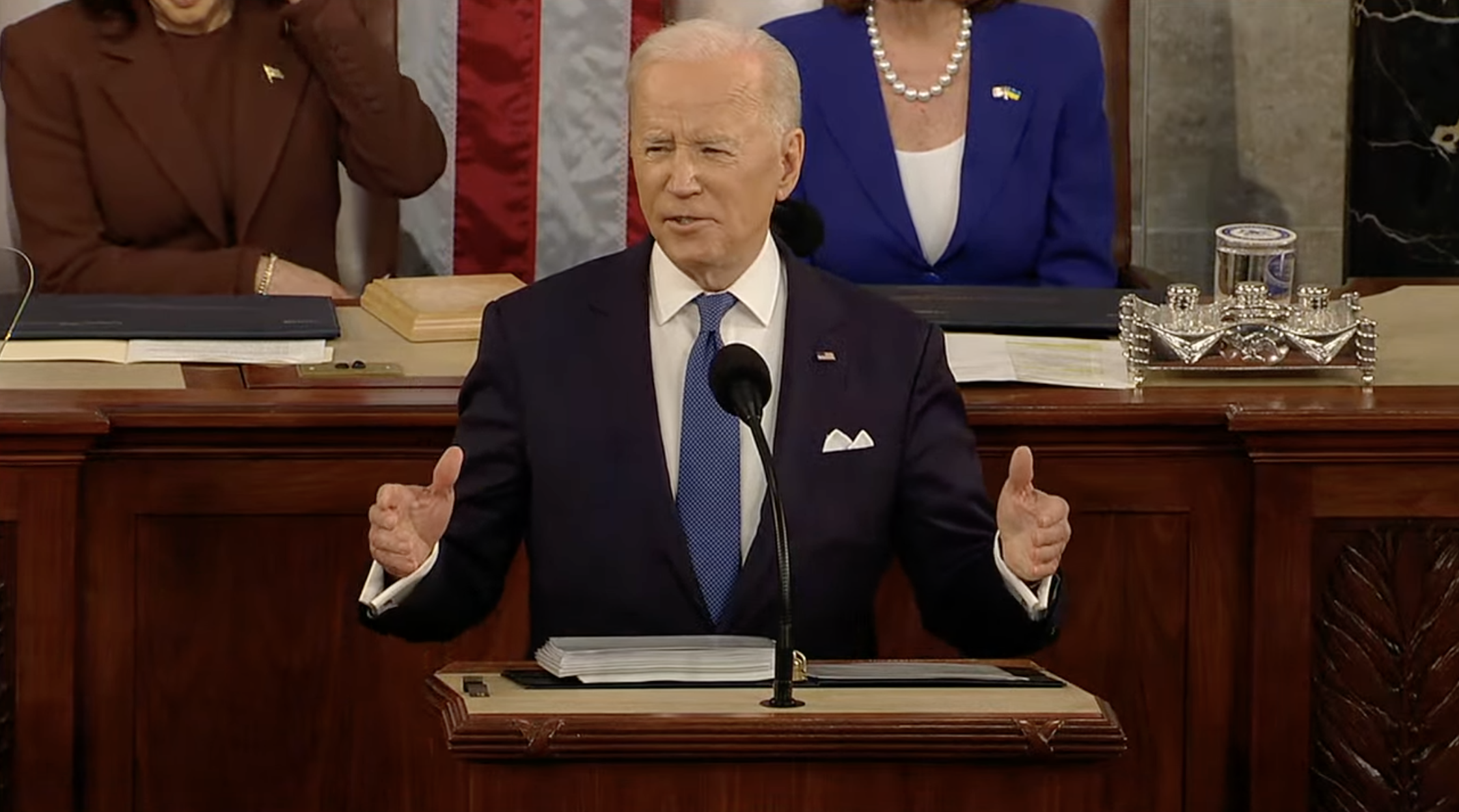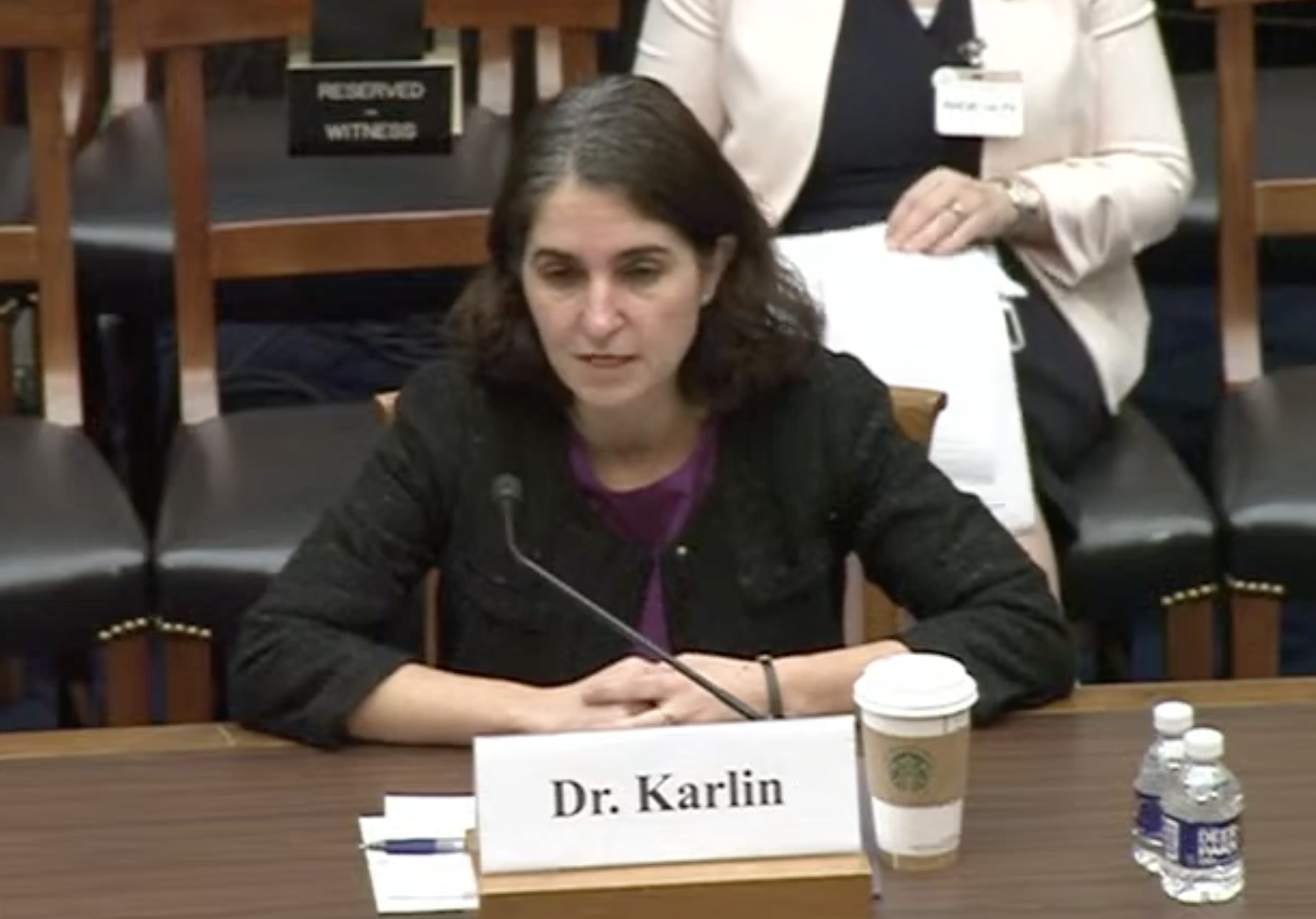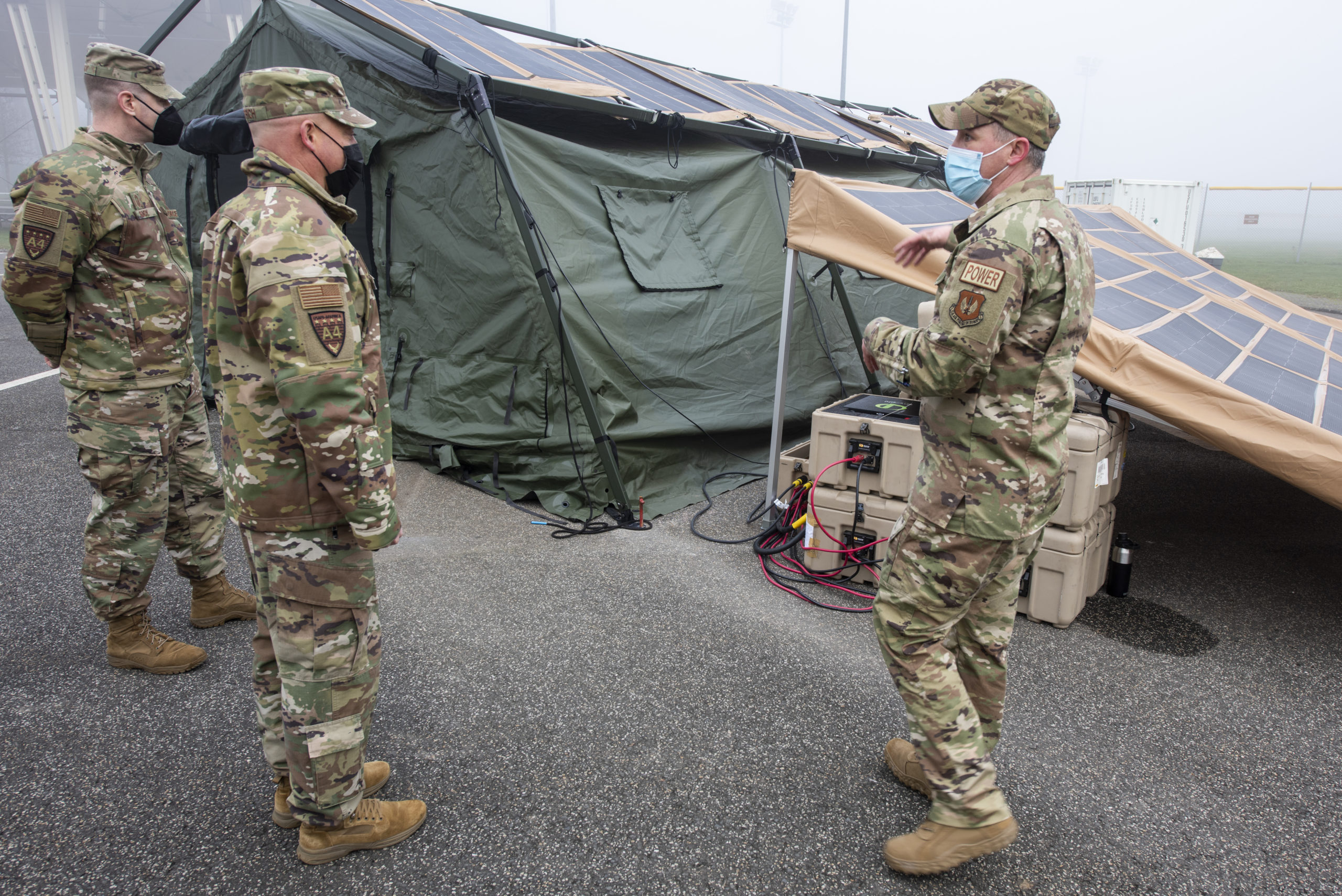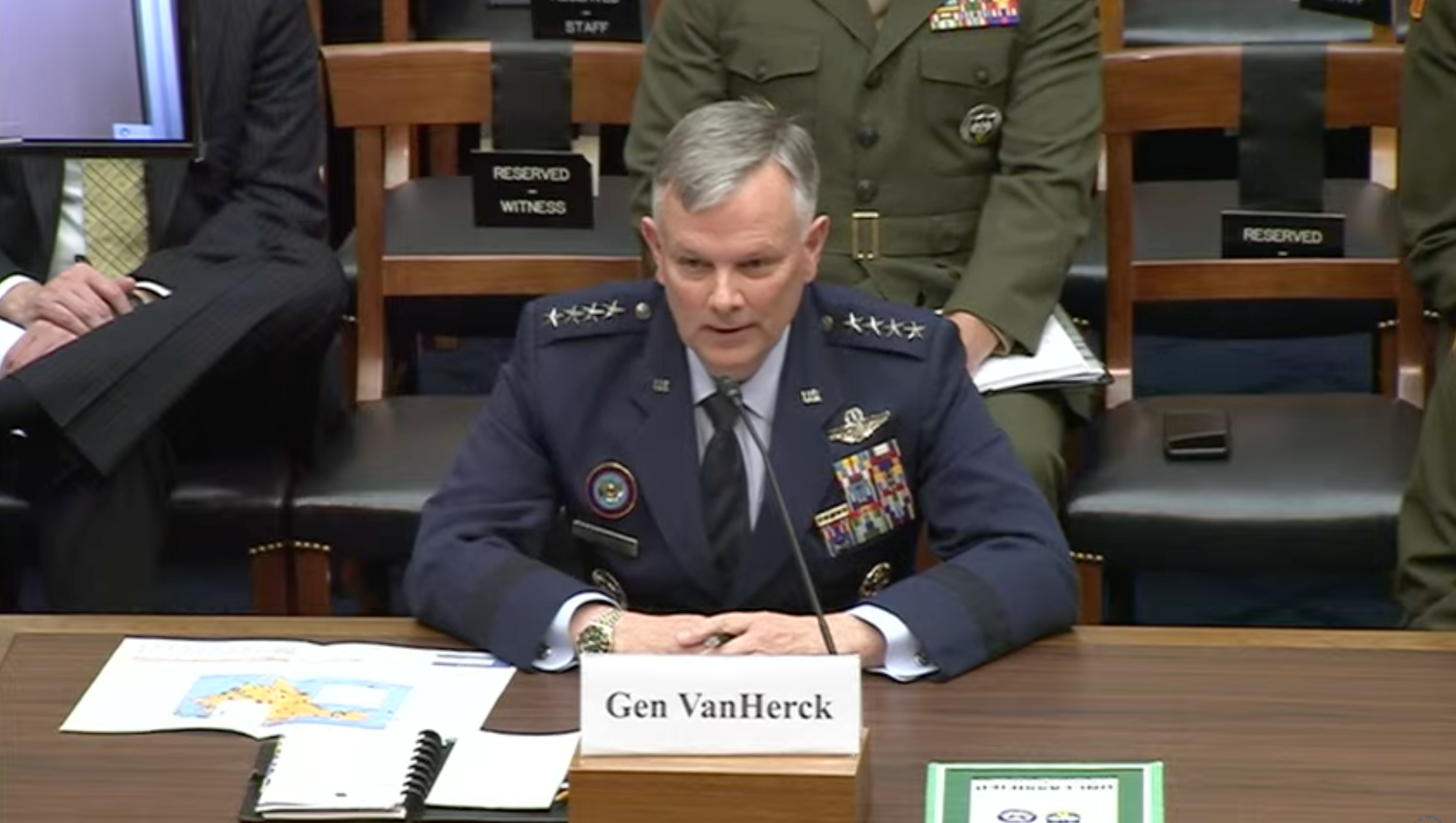The Pentagon plans to ramp up its use of telehealth to help service members with mental health concerns as the number of service member suicides continues to trend the wrong way, leaders told a Congressional panel March 2.
Dr. Richard Mooney, acting deputy assistant secretary of defense for health services policy and oversight, and Dr. Karen Orvis, director of the Defense Suicide Prevention Office, faced sharp questioning from the House Armed Services military personnel subcommittee, with lawmakers and activists criticizing the military for not doing enough to support service members.
“The military’s suicide prevention effort is failing, and we must find out why,” said subcommittee chair Rep. Jackie Speier (D-Calif.), who noted a recent string of suicides among Soldiers stationed in Alaska. According to the most recent Pentagon data, the total number and the rate of suicides among Active-duty service members has increased by a statistically significant amount since 2015—in 2020, 580 service members killed themselves.
There is no one solution to the suicide issue, Mooney and Orvis told the panel. But one area where the Defense Department is looking to expand its efforts is telehealth—providing counseling and mental health resources to service members virtually.
“The tele-behavioral health expansion is going to be key and essential in the future,” Mooney said. “[Experts] agree that 50 to 75 percent of behavioral health diagnoses can be treated effectively, depending on acuity, through tele-behavioral health. And the Defense Health Agency, by the fall of 2022, is going to add 63,500 annual appointments virtually for tele-behavioral health to be used across the system. They’re central appointments used across the system to be able to deliver this needed care.”
Telehealth, especially for mental health services, has expanded dramatically during the COVID-19 pandemic, and many experts have touted its benefits. What effect it might have on the issue of service member suicide is unclear but worth pursuing, said Dr. Craig Bryan, the director of the Suicide Prevention Program at The Ohio State University Wexner Medical Center.
“When we look at mental health services as a whole outside of suicide, … we don’t see any differences [with telehealth] as compared to face-to-face,” Bryan told lawmakers. “There are no published trials, however, focused on suicide. The reason being is that most people think it’s too dangerous to provide telehealth services to actively suicidal patients. So in essence we have defaulted towards: No treatment is less dangerous than providing treatment via a technology-based platform.”
Bryan said his own research team is conducting an unfunded research study about the effects of telehealth for suicidal patients compared to in-person treatment, with promising early results.
Specifically for service members, virtual mental health services could be helpful during PCS moves or deployments to ensure members continue to see the same provider with whom they are familiar, Rep. Sara Jacobs proposed.
“Certainly I would think that utilizing tele-behavioral health would be a very good option to pursue and that deserves further discussion and consideration,” Mooney agreed. “You could see a time where a behavioral health provider could continue their career and maybe, perhaps, maintain a cadre of patients that are managed via tele-behavioral health.”
Telehealth could also prove to be of use for the military in locations where mental health professionals are not stationed or readily available.
“I do think that when there is no other method, … the outreach with mental health by telemedicine is [of] some benefit,” said Dr. Beth Zimmer Carter, the mother of an Army veteran who killed himself in 2015. “And I’ve seen that in my local civilian life here in the Missouri area, where we have areas where we have no mental health providers at all. And so we are able to get mental health access to those by telehealth. But I think in-person is always better.”
Even though the DHA is expanding its use of telehealth in the coming year, Speier expressed skepticism that the agency was doing enough, noting that presuming a standard seven- or eight-session course of treatment per service member, the 63,500 annual virtual appointments detailed by Mooney would only reach between 8,000 and 9,000 troops.
“We need to do more, and I think as part of the NDAA this year, we’re going to have to do a whole lot more because they’re not able to accept access to services, and the providers are leaving because the conditions are so difficult and the workload or the caseload is so high,” Speier said.
